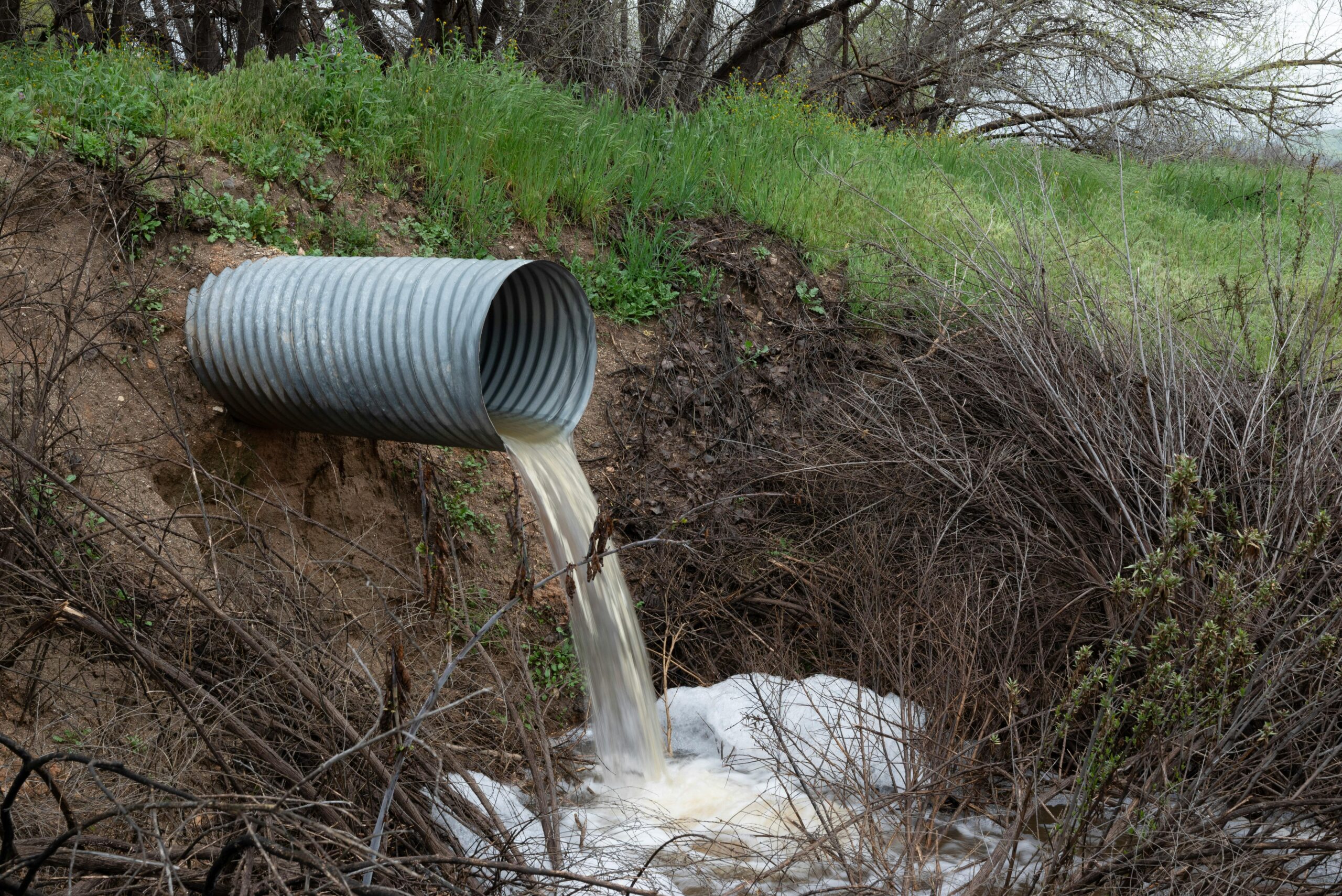WHAT IS BIOCHAR
If you are at all tuned into to our changing world and efforts to mitigate climate change, then you are aware of tidal wave of individuals who believe that reducing CO2 in the atmosphere is the way to achieve this. Without making a comment about this particular debate I want to illuminate my reasons for writing this article.
In a very short thought, acknowledging that biochar proponents may take objection to my simplistic description, but biochar is essentially burned organic material. In the world of chemistry, organic refers to anything that is composed of the element carbon. Whether it is wood chips, corn stalks, grape vines or tea leaves, spent vegetation has drawn much attention as sources of biochar.
Farmers have been burning left over crop structures for ages. The char is known to be great for improving soil when tilled back into the farmland. One of the issues with burning crop remnants, however, is that the resultant smoke is high in toxic carbon based gases. Always remember, that carbon is the building block of both life and death. It comprises life components, but also toxic byproducts of our metabolism and lifestyle.
ENTER THE KILN
Along the way of farmers randomly burning their crop remnants, some of them discovered that huge volumes of biochar could be made, and potentially sold with the help of a kiln. For those who don’t know, a kiln is basically a big rotating steel barrel into which is fed the chosen material to be charred. Later, it was discovered that the toxic off-gases associated with burning biomass (this is a fancy phrase to describe crop remnants) could be destroyed at high temperatures, forming CO2 and Water.
INJECTING BIOCHAR INTO THE GREEN MOVEMENT
As our involvement with biochar efforts grew, green scientists and environmentalists started becoming part of the culture. There were good reasons for this. Earth is drowning in biomass, and making charcoal out of things like corn husks and grape vines made a lot more sense than sending the raw material to landfills. As the process became more refined, it was discovered that certain types of biochar had beneficial properties. It was found that some biochar could remove contaminants from water and air. Much of it could be used to strengthen concrete and asphalt. As icing on the cake, it was also discovered that biochar will remove CO2 from the environment.
Voila! A new green star was born. All in one fell swoop biochar could save the planet. It reduces the pollution of biomass in our landfills; it improves soil and concrete; and it removes CO2 from the atmosphere. Sounds wonderful, doesn’t it?
MY PERSONAL JOURNEY WITH BIOCHAR
About 6 years ago I was the keynote speaker at a Water event. A man named Dr. Lui L. Lin approached me and asked me to look at something he invented. His invention was that he made a biochar out of rice husks that had unique properties over all other biochar to remove heavy metals out of water.
Mind you, Doctor Lin was not the first to discover that biochar/activated carbon could do this, but his product achieved this removal by a process called ion exchange. Conversely, while all other biochar removed contaminants simply by acting like a lint roller, Doctor Lin’s material achieved this in a way that not only was the removal ability predictable, but unlike biochar it could do so at an aggressive flowrate inside a filter tank, as opposed to sitting for hours or days in a pond. Later, I discovered that Lin’s process was repeatable. I earned what remains today the only patent for regenerating spent biochar.
With these things at hand, I put a team together and formed the company now known as Glanris. I did so because of my excitement about the ion-exchange properties of the media, and not because of the green, biochar, activated carbon properties, which even today I deem to be of little value.
The reusable ion exchange properties of Doctor Lin’s media, now called 901X, present financial and environmental possibilities beyond the imagination. By being regenerable, 901X might deliver tons of metals removal, from the same batch, over time. Conversely, competing technologies might experience 5, 10 or more replacements because they expire more frequently.
In the world of chemistry and manufacturing, catalysts are one of the most valuable and useful substances. Catalysts allow certain chemical reactions to take place faster and more efficiently. Catalysts frequently are the tools which allow the creation of new technology. Doctor Lin’s 901X represents untold possibilities in this area.
Again, someone may break through with a biochar application that changes the world forever. I just haven’t seen it. Up until this moment in time, the actual success of biochar has flopped compared to its fantastic and advertised expectations. The reasoning for this seems logical.
Flop Factor # 1 – Everyone has biochar
When it comes to convincing buyers, biochar assessment is next to impossible. Enter corn, wheat, rice, grape vines, apple cores, pineapple shells, walnut shells, and a thousand other varieties, and buying biochar looms like feeding bread to carp in a pond. “My biochar is best, no mine is, no, look at mine.” On top of that, members of the same char family have different stories. “Ours is made at 700oF’, Ours is better, it is made at 400oF.

Engineers from The Royal Melbourne Institute of Technology discovered that charred coffee grounds make concrete 30% stronger and remove CO2 from the atmosphere. This sounds promising until we realize that countless other teams are doing the same exact thing!
CONTINUING
Buyers are busy. They have businesses to run. They have no interest in studying which biochar is best. In the beverage industry there are standards that sugar must meet. In manufacturing there are standards that a chemical component must meet. Conversely, in biochar, there are no scientific standards, no rules of measurement. While it is true that many products have become successful at the hands of the salesman who said, “here, try this”, the road for any biochar to gain wide acceptance is, in my opinion impossible to traverse.
I have no argument that substantial volumes of biochar can be sold, but I cannot see anyone developing the Coca Cola of biochar. It is simply too easy to make. It is too common.
My last thought on this point is that at some point, if biochar caught fire (no pun intended), the price and control associated with the raw material would exert a vigorous inflation, and consolidation of suppliers. Again, there is just nothing special about biochar to give anyone an advantage in the marketplace.
Flop Factor #2 – Small Chips Don’t Win Major Jackpots
The mere mention of things like environmental responsibility, going green and saving the planet will garner intense, widespread, emotional interest. The axel on the sustainability bandwagon quickly snaps under the weight of bio char zealots who are mesmerized at the thought of emerging as the “I saved the planet” guru.
To the planet saver, the benefits of carbon credits, biomass reduction and climate change reversal make biochar a no-brainer. To the plant manager, plant chemist, plant engineer, process manager, and financial controllers, these benefits must outweigh the changes in staffing, production, costs, process and quality control that the new technology might bring.
Many green technologies look good on paper when the government offers low interest rates, tax breaks and carbon credits, but when analyzed without these things paint a completely different picture. I call it trying to win a big pot with small chips. If biochar is to find great success, it must offer benefits on the plant floor that are solidly long term. For these reasons, the scientists and engineers at the helm of keeping a plant operating will require a lot more than idealistic save-the-planet sing-alongs to embrace biochar.
Flop Factor #3 – Real World Scientists Are Driven By The Laws Of Science and Common Sense
I have spent 30 years of my life designing water purification systems and technology. Very often that technology has been aimed at recovering precious resources. If one has never worked in industry, never designed chemical processes, if one is not driven first by scientific law, instead of by study and data, then it will be next to impossible to ever create technology that has a lasting impact.
The zealot, the green advocate thinks that they are the first to have stumbled upon reuse/recycle/ and environmental responsibility. The reality, however, is that our manufacturing plants and water technology providers have long ago embraced these principles.
With regards to climate change, The zealot, the data driven rube, (the simpleton), seeks to capture and sequester CO2. To the contrary, the man of science thinks to himself, (as I mentioned earlier), “carbon is the building block of life. It is the key ingredient in virtually every manufactured substance of modern civilization”.
With that knowledge, why in the name of Avogadro would one want to sequester and remove this material from the environment? Carbon has value to man. Accordingly, the true scientist, the one who develop processes to capture and recycle precious materials like copper, gold and rhodium, view the excess of carbon in the atmosphere as an abundant, never-ending source of the very building blocks of life and civilization. Make no mistake, CO2 in the atmosphere is a blessing.
THE END OF CO2 POLLUTION
To my last point, A Georgia Tech researcher named Hakhyeon Song and his team have developed a technology that grabs CO2 from the air and converts it to Carbon Monoxide (CO). The thunder here is that the CO produced by this process can easily be converted into a wide variety of life sustaining chemistry such as plastics, ethylene, and theoretically, jet fuel.
It is important to remember that the fundamental components of organic chemistry are Carbon, Hydrogen, and Oxygen. What manner of scientist thinks that sequestering a life sustaining element (carbon) is a good idea? As you read the story linked below, also take note that just as my initial interest with doctor Lin was largely in the catalytic properties of his invention, so too is the aforementioned carbon recovery process catalytic in nature.
So where does all this leave us with our assessment of biochar. With all the trade shows, media articles and commercial interest given to biochar, I imagine that as a soil amendment it will find a niche. As a solution to global CO2 challenges? I think that flame has already started to flicker.







